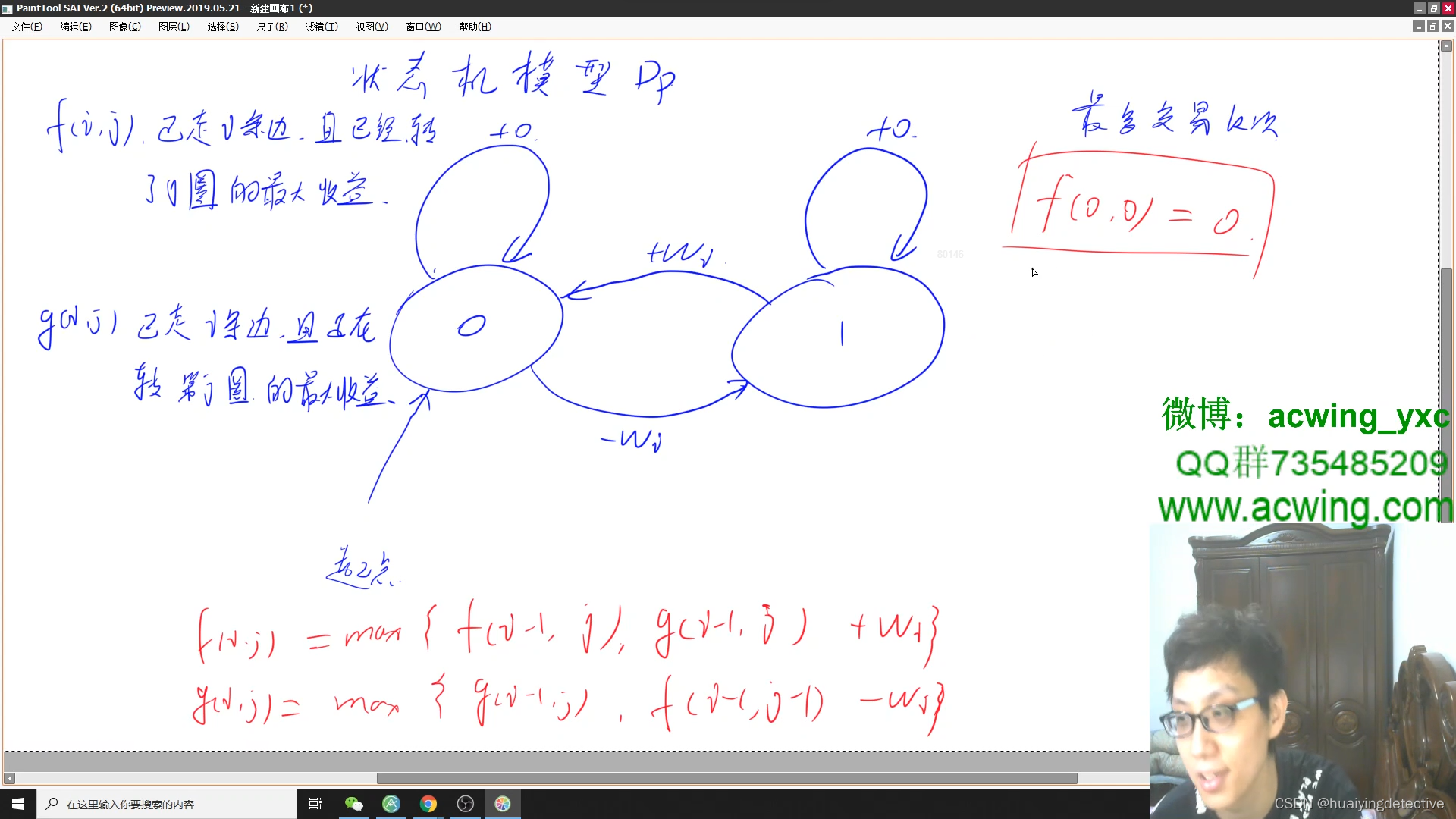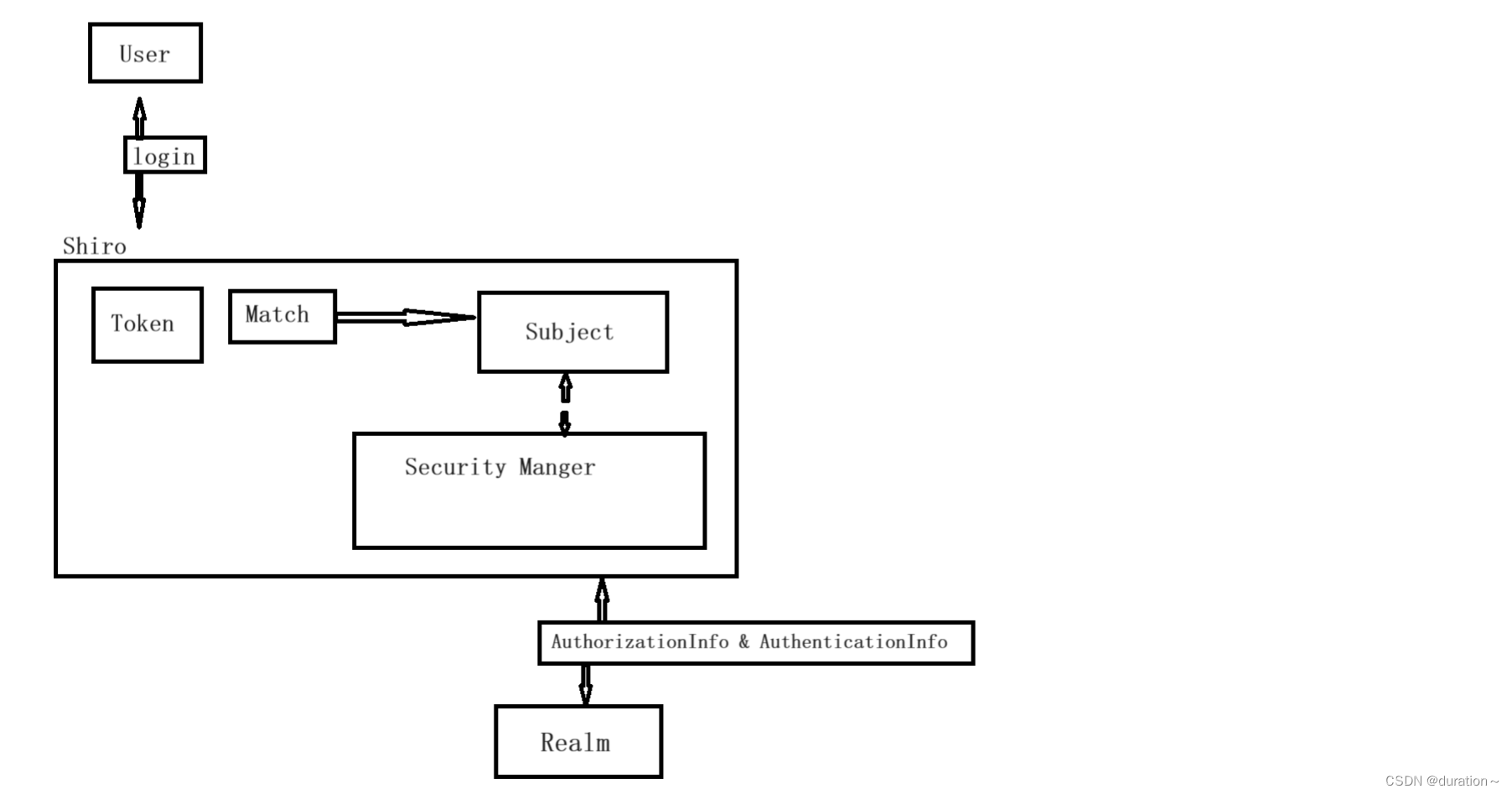1,service的生命周期
Android中的Service,其生命周期相较Activity来说更为简洁。它也有着自己的生命周期函数,系统会在特定的时刻调用对应的Service生命周期函数。
具体来说,Service的生命周期包含以下几个方法:
onCreate():这个方法在Service被创建时调用,只会在整个Service的生命周期中被调用一次,可以在这里进行一些初始化操作。
onStartCommand():此方法在Service被启动时调用。
onDestroy():当Service被销毁时调用,用于执行清理工作。
此外,我们还可以通过一些手动调用的方法来管理Service的生命周期,例如startService()、stopService()和bindService()。当我们手动调用startService()后,系统会自动依次调用onCreate()和onStartCommand()这两个方法;类似地,如果我们手动调用stopService(),则系统会自动调用onDestroy()方法。
需要注意的是,服务的生命周期比Activity的生命周期要简单得多,但是密切关注如何创建和销毁服务反而更加重要,因为服务可以在用户未意识到的情况下运行于后台。
2,service的启动和销毁
在Android中,Service的创建和销毁可以通过以下代码实现:
2.1创建Service:
public class MyService extends Service {
@Override
public void onCreate() {
super.onCreate();
// 在这里进行初始化操作
}
@Override
public int onStartCommand(Intent intent, int flags, int startId) {
// 在这里执行耗时操作
return super.onStartCommand(intent, flags, startId);
}
@Override
public void onDestroy() {
super.onDestroy();
// 在这里进行清理工作
}
}
2.2启动Service:
Intent intent = new Intent(this, MyService.class);
startService(intent);
2.3停止Service:
stopService(new Intent(this, MyService.class));
2.4绑定Service:
Intent intent = new Intent(this, MyService.class);
bindService(intent, serviceConnection, BIND_AUTO_CREATE);
2.5解绑Service:
unbindService(serviceConnection);
其中,serviceConnection是一个实现了ServiceConnection接口的对象,用于处理服务连接和断开连接时的操作。
2.6在Android中,Service的注册通常需要在应用程序的清单文件(AndroidManifest.xml)中进行。具体来说,你需要在该文件中添加一个元素,如下所示:
<service android:name=".MyService" />
其中,“MyService”需要替换为你自定义的Service类名。
2.7service的启动和停止代码例子:
在Android中,可以通过Button来启动和停止Service。具体实现方法如下:
在布局文件中添加一个Button控件:
<Button
android:id="@+id/button_start_stop"
android:layout_width="wrap_content"
android:layout_height="wrap_content"
android:text="Start/Stop Service" />
在Activity中获取Button控件的引用,并为其设置点击事件监听器:
Button buttonStartStop = findViewById(R.id.button_start_stop);
buttonStartStop.setOnClickListener(new View.OnClickListener() {
@Override
public void onClick(View v) {
// 判断Service是否正在运行,如果正在运行则停止,否则启动
if (isServiceRunning()) {
stopService(new Intent(MainActivity.this, MyService.class));
buttonStartStop.setText("Start Service");
} else {
startService(new Intent(MainActivity.this, MyService.class));
buttonStartStop.setText("Stop Service");
}
}
});
其中,isServiceRunning()方法用于判断Service是否正在运行,可以根据实际情况自行实现。例如:
private boolean isServiceRunning() {
ActivityManager manager = (ActivityManager) getSystemService(Context.ACTIVITY_SERVICE);
for (ActivityManager.RunningServiceInfo service : manager.getRunningServices(Integer.MAX_VALUE)) {
if (MyService.class.getName().equals(service.service.getClassName())) {
return true;
}
}
return false;
}
3,使用bindservice方式和activity通讯
在Android中,使用bindService()方法可以将一个Activity与一个Service进行绑定,从而实现两者之间的通信。下面是一个简单的示例:
首先,创建一个Service类,继承自Service,并实现Binder接口:
import android.app.Service;
import android.content.Intent;
import android.os.Binder;
import android.os.IBinder;
import android.util.Log;
public class MyService extends Service {
private final IBinder mBinder = new LocalBinder();
public class LocalBinder extends Binder {
MyService getService() {
return MyService.this;
}
}
@Override
public IBinder onBind(Intent intent) {
return mBinder;
}
public void performTask() {
Log.d("MyService", "Performing task...");
}
}
在Activity中,使用bindService()方法将Activity与Service进行绑定,并通过ServiceConnection监听服务连接状态:
import android.content.ComponentName;
import android.content.Context;
import android.content.Intent;
import android.content.ServiceConnection;
import android.os.Bundle;
import android.os.IBinder;
import androidx.appcompat.app.AppCompatActivity;
public class MainActivity extends AppCompatActivity {
private MyService myService;
private boolean isBound = false;
private ServiceConnection connection = new ServiceConnection() {
@Override
public void onServiceConnected(ComponentName className, IBinder service) {
MyService.LocalBinder binder = (MyService.LocalBinder) service;
myService = binder.getService();
isBound = true;
}
@Override
public void onServiceDisconnected(ComponentName arg0) {
isBound = false;
}
};
@Override
protected void onCreate(Bundle savedInstanceState) {
super.onCreate(savedInstanceState);
setContentView(R.layout.activity_main);
Intent intent = new Intent(this, MyService.class);
bindService(intent, connection, Context.BIND_AUTO_CREATE);
}
@Override
protected void onDestroy() {
super.onDestroy();
if (isBound) {
unbindService(connection);
isBound = false;
}
}
}
在需要的时候,可以通过MyService实例调用performTask()方法来执行任务:
myService.performTask();
4,前台服务
在Android中,前台服务是一种在后台运行的服务,但会显示一个通知。以下是一个简单的前台服务的参考代码:
首先,创建一个继承自Service的类,并实现onCreate()和onDestroy()方法。在onCreate()方法中,调用startForeground()方法启动前台服务。
import android.app.Notification;
import android.app.PendingIntent;
import android.app.Service;
import android.content.Intent;
import android.os.IBinder;
import androidx.core.app.NotificationCompat;
public class MyForegroundService extends Service {
private static final int NOTIFICATION_ID = 1;
@Override
public void onCreate() {
super.onCreate();
// 创建一个通知,用于显示在前台服务的通知栏
Notification notification = new NotificationCompat.Builder(this, "channel_id")
.setContentTitle("前台服务")
.setContentText("这是一个前台服务")
.setSmallIcon(R.drawable.ic_notification)
.build();
// 创建一个点击通知后打开的Intent
Intent intent = new Intent(this, MainActivity.class);
PendingIntent pendingIntent = PendingIntent.getActivity(this, 0, intent, 0);
// 将点击事件与通知关联起来
notification.setContentIntent(pendingIntent);
// 启动前台服务,并将通知传递给系统
startForeground(NOTIFICATION_ID, notification);
}
@Override
public void onDestroy() {
super.onDestroy();
// 停止前台服务
stopForeground(true);
}
@Override
public IBinder onBind(Intent intent) {
return null;
}
}
在AndroidManifest.xml文件中注册前台服务:
<service android:name=".MyForegroundService" />
在需要的时候,可以通过以下代码启动前台服务:
Intent intent = new Intent(this, MyForegroundService.class);
startService(intent);
在不需要前台服务时,可以通过以下代码停止前台服务:
Intent intent = new Intent(this, MyForegroundService.class);
stopService(intent);
5,Intentservice的用法
在Android中,IntentService是一个用于处理后台任务的类。它继承自Service类,并实现了IntentService接口。以下是一个简单的IntentService用法示例:
首先,创建一个继承自IntentService的类,例如MyIntentService:
import android.app.IntentService;
import android.content.Intent;
import android.os.Bundle;
import android.util.Log;
public class MyIntentService extends IntentService {
private static final String TAG = "MyIntentService";
public MyIntentService() {
super("MyIntentService");
}
@Override
protected void onHandleIntent(Intent intent) {
// 在这里处理传入的Intent
String action = intent.getAction();
if (action != null) {
switch (action) {
case "com.example.ACTION_ONE":
handleActionOne();
break;
case "com.example.ACTION_TWO":
handleActionTwo();
break;
default:
Log.w(TAG, "Unknown action: " + action);
}
}
}
private void handleActionOne() {
// 处理动作一的逻辑
}
private void handleActionTwo() {
// 处理动作二的逻辑
}
}
在需要启动IntentService的地方,创建一个新的Intent对象,并设置其动作和数据,然后调用startService()方法启动服务:
import android.content.Intent;
import android.support.v7.app.AppCompatActivity;
import android.os.Bundle;
import android.view.View;
import android.widget.Button;
public class MainActivity extends AppCompatActivity {
private Button startButton;
@Override
protected void onCreate(Bundle savedInstanceState) {
super.onCreate(savedInstanceState);
setContentView(R.layout.activity_main);
startButton = findViewById(R.id.start_button);
startButton.setOnClickListener(new View.OnClickListener() {
@Override
public void onClick(View v) {
startMyIntentService();
}
});
}
private void startMyIntentService() {
Intent intent = new Intent(this, MyIntentService.class);
intent.setAction("com.example.ACTION_ONE");
startService(intent);
}
}
在这个示例中,当用户点击start_button按钮时,会启动一个名为MyIntentService的服务,并传递一个动作为com.example.ACTION_ONE的Intent。MyIntentService会根据传入的动作执行相应的处理逻辑。


































